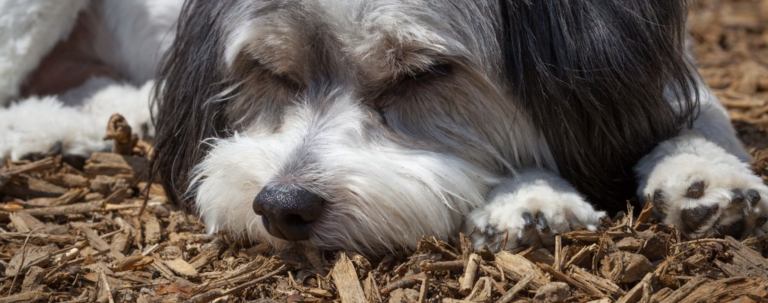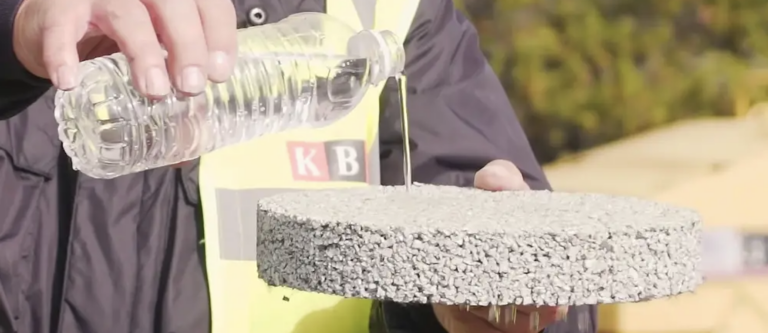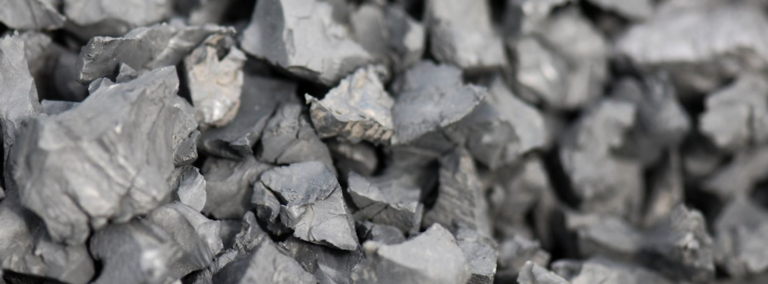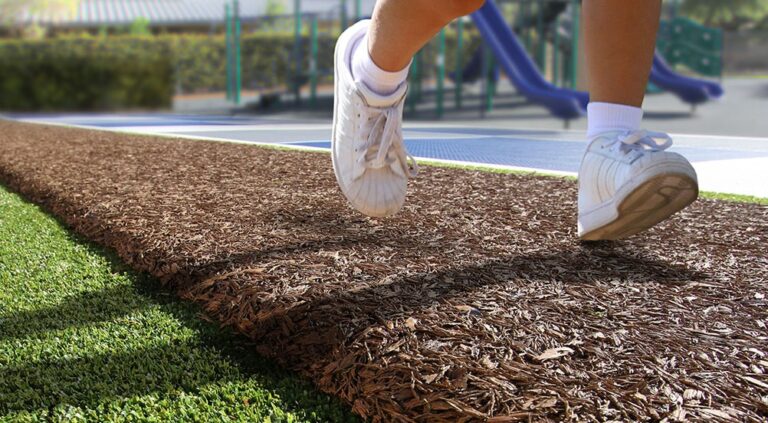Yes, artificial turf drains much better than regular turf. For perspective, top artificial turf has a drainage rate of 1,200 inches per hour. Real grass, on the other hand, can barely handle a few inches per hour.
This makes artificial turf an ideal solution for civil, private, and commercial applications.

Artificial Turf Drainage
Regular lawns drain between one and three inches of water per hour. By contrast, artificial turf can drain between 30 and 1,200 inches per hour, depending on the product.
Manufacturers design artificial grass to be highly porous. The backing contains thousands of tiny holes that let water drain into the soil beneath. Water droplets slide down turf shafts with low resistance before entering the sub-layers where they drain away.
As such, artificial grass is the ideal companion during flood or monsoon season. Turf drains quickly, preventing stagnant pools of water from building up.
Furthermore, synthetic lawn products don’t hold onto nasty chemicals and substances, such as sewage, in floodwaters. Therefore, if there is an inundation, it will drain away more safely compared to a conventional lawn.
You can clean artificial turf lawns by:
-
- Brushing them with a broom
-
- Cleaning them with soap and water
-
- Using an artificial grass rake, power vacuum, and brush and collect system
Additonally, to get a better idea of drainage rates in artificial turf versus real grass, check out this video done by Bella Turf.
How Artificial Turf Drainage Changes Over Time
When investing in artificial turf, it’s important to consider how its drainage characteristics may change over time. While many artificial turf products offer excellent drainage performance when first installed, some may become clogged with debris or other materials over time, leading to poor drainage and potential issues with water accumulation.
To address this concern, many leading manufacturers now supply their artificial turf products with larger drainage holes to prevent clogging from occurring. By using larger holes, the drainage system is better equipped to handle a variety of debris and materials, allowing for consistent and reliable drainage performance over time.
It’s important for buyers to carefully consider the drainage characteristics of the artificial turf they’re considering, as well as the reputation and track record of the manufacturer. By choosing a high-quality product with a proven history of reliable drainage performance, buyers can ensure that their investment in artificial turf will provide long-lasting benefits and a safe, enjoyable playing experience for years to come.

How Your Sub-Base Relates To Drainage
The material under your artificial turf also determines how well it drains. While some products might have plenty of holes, flooding can still occur in the rainy season if the ground underneath is saturated. Water needs to go somewhere, so if it can’t, it will stay on the surface.
Lawns with pre-existing drainage issues will still be prone to flooding, even after artificial grass installation. Therefore, you will need to plan proper drainage and mark out where water will go in the event of a storm.
Areas with soil that drains well won’t need to do a great deal of extra work. Rainwaters will simply pass through the artificial turf to the ground below. However, if there were issues before, you may have to create channels to prevent damage.
Some soils, particularly clays, have trouble draining. Water can’t penetrate, making it take longer to clear.
However, others with caliche or hardpan sub-layers drain well. These provide holes in the soil, making it easier for water to go deeper.
For large playing fields, excessive water accumulation can be a serious problem that affects the safety and playability of the area. To combat this, pipe drainage systems are often installed to help manage the flow of water and prevent waterlogging.
These pipe drainage systems work by creating a network of pipes that are installed under the surface of the playing field. The pipes are typically perforated to allow water to seep into them from the surrounding soil. The water is then carried away from the playing field and dispersed to designated drainage areas.
By efficiently managing the flow of water, pipe drainage systems can help prevent water accumulation on the surface of the playing field, which can lead to mud, puddles, and unsafe playing conditions. Additionally, these systems can help prevent soil erosion and maintain the structural integrity of the playing field over time.
How To Find Out If Your Artificial Turf Drains Well
You can find out how well your turf drains by checking the ASTM drainage rating. The higher the figure is, the more drainage the turf provides.
Note that virtually all synthetic turfs provide sufficient drainage for extreme weather conditions. However, they will still flood if they are in the wrong location. Turf at the bottom of ditches or natural depressions is at higher risk.
Takeaway
In conclusion, artificial turf is an excellent solution for anyone looking for a low-maintenance alternative to traditional grass. One of its many benefits is its superior drainage capabilities. Artificial turf can drain anywhere from 30 to 1,200 inches per hour, depending on the product, compared to natural grass, which can barely handle a few inches per hour.
However, it is important to consider how the drainage characteristics of the artificial turf may change over time and choose a high-quality product with a proven track record of reliable drainage performance. It is also important to ensure proper sub-base preparation and plan for proper drainage to prevent flooding.
If you’re interested in installing artificial turf, contact Custom Park Surfacing for all of your turf installation needs.




